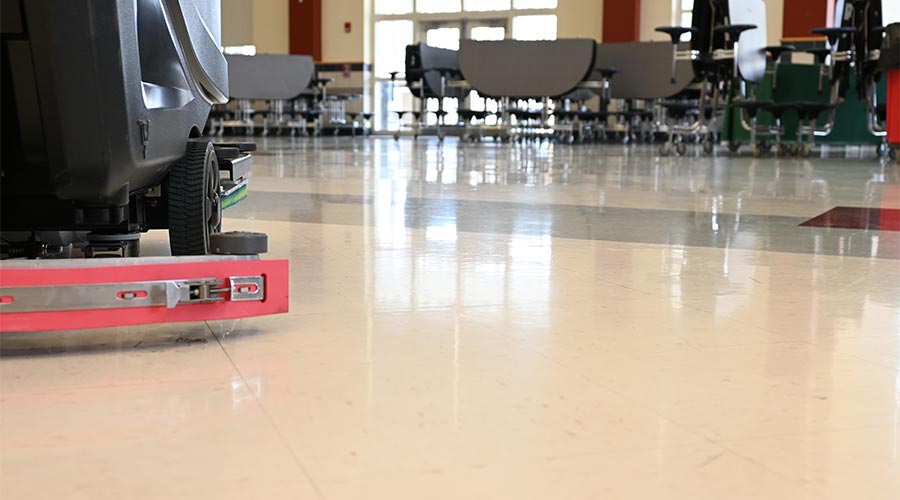
Contributed by Bret Bushey, President at Expanded Technologies
Schools are naturally full of sound. Having hundreds of kids and teachers talking, asking questions, laughing, pushing furniture, and just moving around creates noise. Much of that noise is part of the normal learning process. The problem is that excessive background sound can have a detrimental effect on the classroom. When it’s too loud, students can’t hear the teacher’s lesson or their classmates, leading to distractions, problems with retention, stress, and an overall poor learning environment.
The key to maintaining an effective learning atmosphere is to minimize non-essential or background sounds as much as possible. That’s where floor protection provides a useful solution.
How to minimize the sound of hundreds of chairs, stools, desks, and more
There is a lot of furniture in every school. Much of the excessive noise in classrooms is created by moving that furniture and skidding it on the floor. Whether they are sliding in and out of their desks, rearranging tables, or pushing chairs closer together to work in groups, students can generate a lot of loud, unwanted squeaks, screeches, thuds, and thumps. The good news is that avoiding many of those noises has an easy solution.
Products like felt pads, sliders, and other floor protection can significantly reduce distracting background sounds in classrooms. These types of products will cut down on noise caused by chair and desk legs skidding over floors, resulting in a much quieter learning environment. That’s on top of lowering floor maintenance costs and minimizing stress on furniture joints, lengthening the lifespan of desks and chairs.
Floor protection is especially important for special education classes
In addition to improving classroom environments generally, floor protection products can also have a positive impact on special needs or sensory sensitive students, explains Nadine Thompson, special education teacher at Mitchell Middle School.
“I oversee a special education classroom that has one student who is hearing impaired and five students who are diagnosed with autism. My students with autism are very sensitive to loud noises and sensory changes, so something as simple as a chair squeaking across the floor can upset them and cause a disruption. Since we have installed floor protection, there has been a noticeable reduction in noise in my classroom. It’s really helped the learning environment. We have far fewer interruptions throughout the day.”
Focus on what you can control
When it comes to creating quieter classrooms, minimizing the sounds resulting from moving furniture is low hanging fruit. It is a considerably faster and easier noise reduction method than changing the overall acoustics of a room or adding sound absorbing flooring like carpet. It’s also much more consistent than attempting to keep students silent during a lesson.
While it won’t solve all your noise problems, adding floor protection is something that schools can do right away to immediately improve learning environments for all students. In addition to making classrooms quieter, they also prevent floor damage and significantly reduce school maintenance costs.
posted on 9/25/2024

 The Down and Dirty on Cleaning in Virus Season
The Down and Dirty on Cleaning in Virus Season How Surfactant Use is Expanding in Commercial Cleaning
How Surfactant Use is Expanding in Commercial Cleaning Maximize Your Margins: Learn How to Automate Pricing and Track Rebates
Maximize Your Margins: Learn How to Automate Pricing and Track Rebates